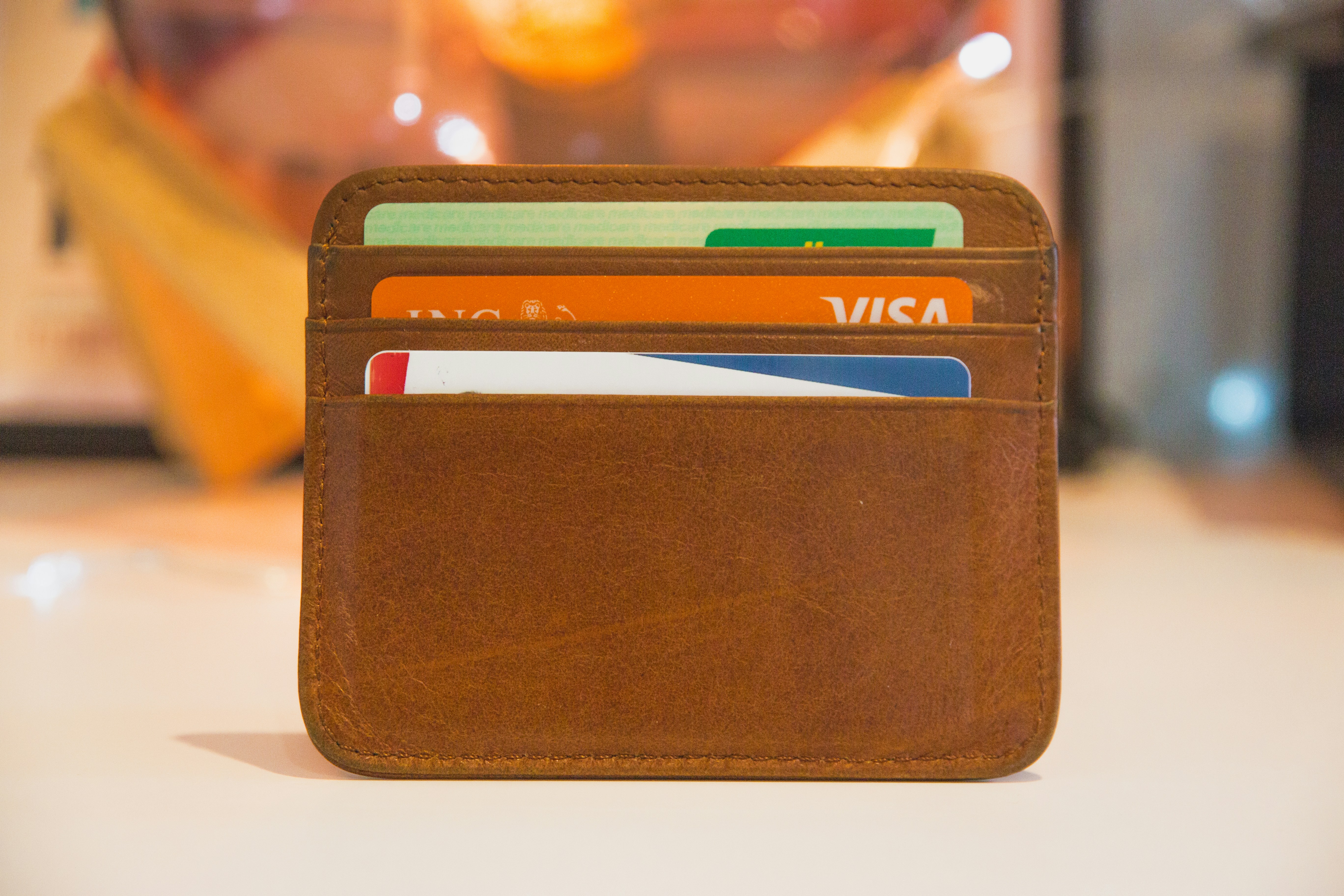Has your identity been stolen? simple steps to check and verify
Be vigilant and watch out for these important indications of identity theft

Over the years, there have been several instances of data breaches and hacking incidents that have resulted in huge payouts via fines and lawsuits. Despite this, companies have not yet prioritized delivering better security to their clients. For instance, Marriott announced that around 383 million guests' records were compromised, including some credit card and passport details. Similarly, a hacker accessed 106 million Capital One credit card applications containing names, addresses, and phone numbers. Additionally, 27.8 million biometric records containing usernames, passwords, personal information, images, fingerprint data, and more were also easily accessible.
These incidents have left those affected at severe risk of identity theft, which can be disastrous. Hackers can use stolen details to steal money, take out loans and credit cards in your name, redirect your mail, or find other ways to defraud you. While you cannot prevent an attack on a company that holds your sensitive data, there are some simple steps you can take to ensure your financial security. One of these steps is to get yourself equipped with identity theft protection. We recommend Identity Force as the best service provider for identity theft protection.
It is highly recommended to protect yourself from fraud by using unique and strong passwords for all your online accounts. However, if you are concerned that you might have fallen prey to identity theft, there are a few indicators to watch out for. We recommend taking a look at the following clues to detect any signs of identity theft.
1. Don't ignore odd problems with your web accounts
Identity thieves often start small. For example, if one username and password have been exposed to a breach, they might try logging in to other services using the exact details to see what works. Often, there's no sign they've done this, but sometimes, there are indicators that something is wrong.
For instance, you might get an email saying your account has been accessed from a new device or location. Your web dashboard could have a 'last logged in' date you don't recognize. If a web service says you mustn't share your login details, it might close your account if it detects you and the hacker trying to log in simultaneously.
It's tempting to ignore strange issues with a web service and assume it's some glitch that will be fixed soon, but don't: it could be the first sign of identity theft. On the other hand, if something seems different, taking a couple of minutes to figure it out could save you months or even years of pain later.
2. Check your bank account and credit card statements

Monitor all your bank and credit card statements regularly. That might sound tedious, but as you get familiar with your regular spending, you'll find it easy to quickly scan through the payments and spot anything out of the ordinary.
Are you a pro? Subscribe to our newsletter
Sign up to the TechRadar Pro newsletter to get all the top news, opinion, features and guidance your business needs to succeed!
Look out for transactions you don't recall making or amounts that seem unusual. Even small payments might signal trouble, as they could indicate an attacker making test purchases to see if they're successful.
Search recent emails for clues if you find a vendor name you don't recognize. You might think you've just spent $100 on a plan with AmazingVPN.com, but maybe its payments are taken by BigHoldingCompany.com, and that's the name you'll see on any statements. Checking email receipts should tell you more.
Paying this much attention to your finances has all kinds of benefits. Company A did not refund a payment, say? Company B still takes monthly cash when you cancel your plan. You'll notice right away.
If you see any other suspicious activity, contact the bank or credit card company and report it immediately.
And whatever the eventual verdict, if you have the tiniest concern over any account, immediately change your password. If possible, also set up two-factor authentication to enhance the security of your accounts.
3. Run a free credit report
The major credit reporting companies, including Experian and Equifax, offer free credit checks, and in the US, you are entitled to one every 12 months. However, financial experts recommend you run a credit report every four months. However, you may have to incur some fees to protect yourself from threats – but you might consider it a small price compared to the inconvenience and loss it could save you.
If your first credit score seems low, your identity may have been stolen. First, check the report for information on any credit cards, loans, or other financial details. If you think any information is inaccurate, contact the credit bureau and let them know where you feel the problems are.
As you get subsequent credit reports, look for any change in score that doesn't match your real-life circumstances. A sudden drop in score could make sense if you've recently taken out five new credit cards and spent up to your limit, for instance. But if you haven't, if nothing has changed from your point of view, that could be a sign of problems. Again, check the report's details for possible explanations and contact the bureau if you're not satisfied.
4. Pay attention to your email and post

If you pay all of their bills online, relying on digital reminders to let you know when a payment is due, you might be quick to toss any physical statements you receive in the trash. Likewise, writing off your bills as junk mail is standard when they are in your inbox. If that's your routine, change it. Be conscious of the emails and physical bills you receive and, more importantly, those you don't receive.
If someone steals your identity, you might start seeing less mail – email or otherwise – because the thief is having it delivered to a different address. When someone gets your mail, there's a lot to lose, so make sure you contact anyone you should be getting mail from but aren't, and verify your residential addresses and email addresses.
Furthermore, if you start receiving mail that doesn't belong to you, that could also be an early warning sign of fraud. For example, perhaps the identity thief wasn't so clever when applying for a credit card in your name, leading to mail showing up that was intended for a fictionalized version of you rather than the actual you. This should raise some concerns, which you should be able to resolve by reporting to the credit card company from which it came.
More from TechRadar Pro
- We’ve chosen the best identity theft protection solutions
- Need to safeguard your business? Here are simple and effective steps to mitigate corporate identity theft
- Is your identity at risk? 5 red flags to watch for
